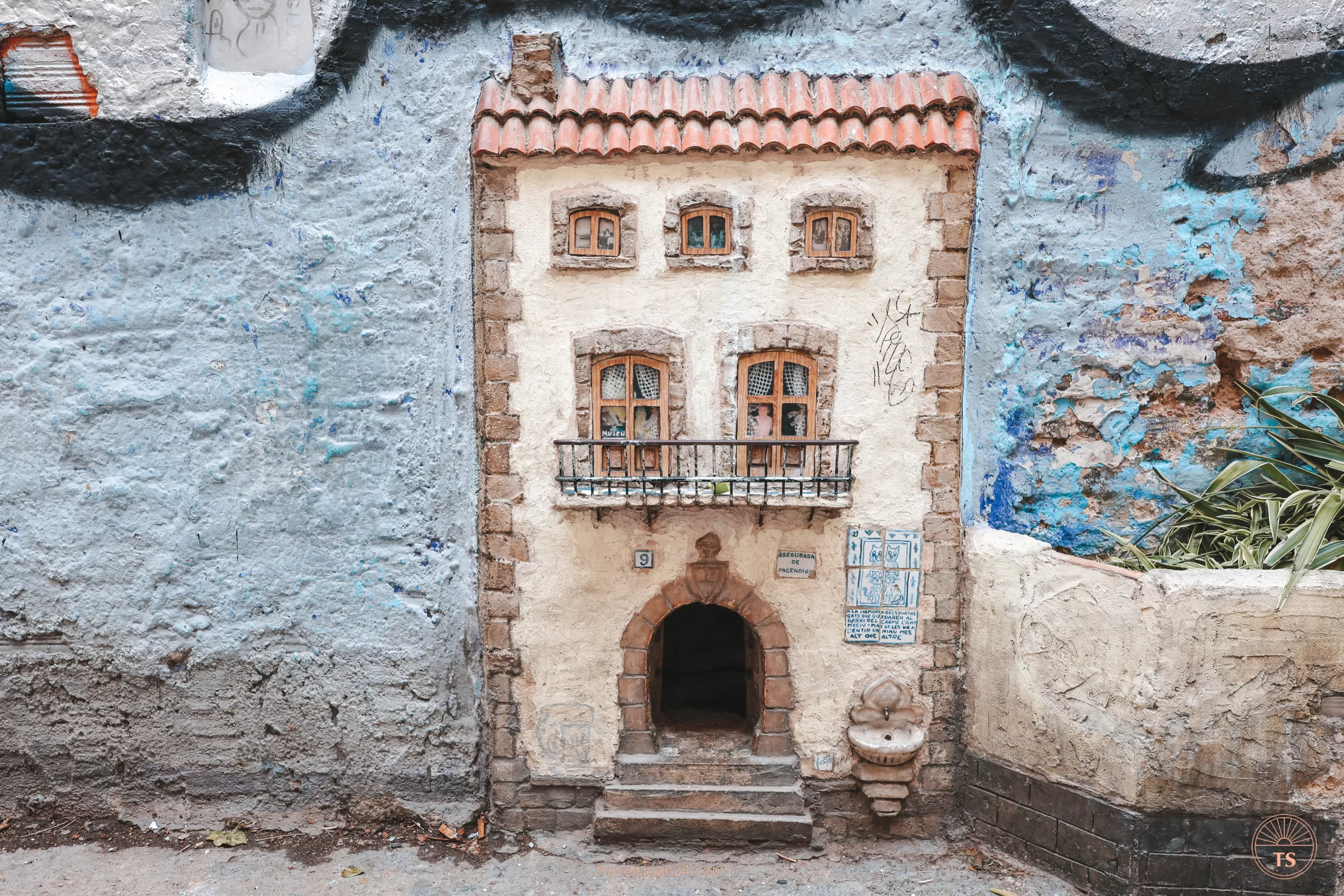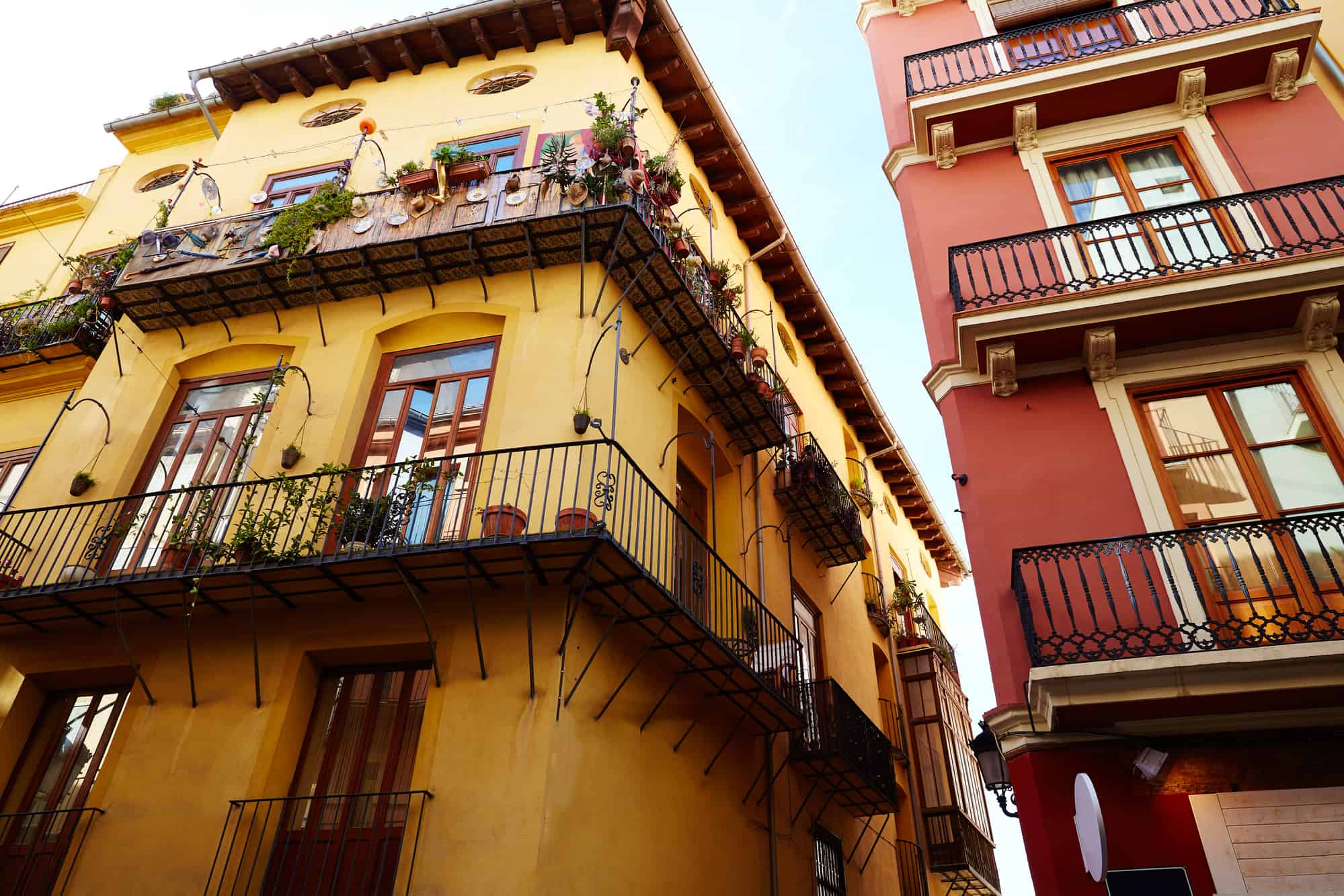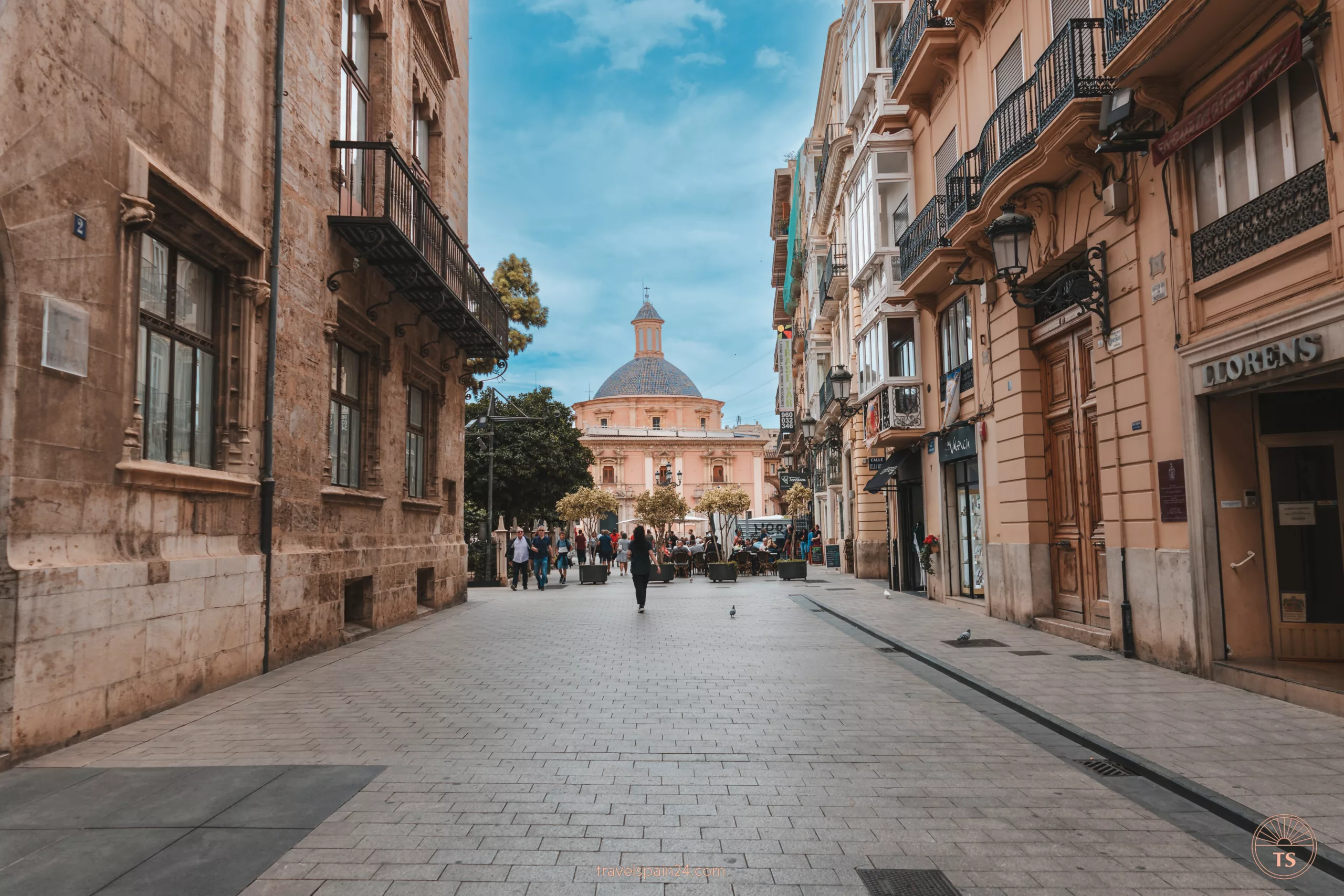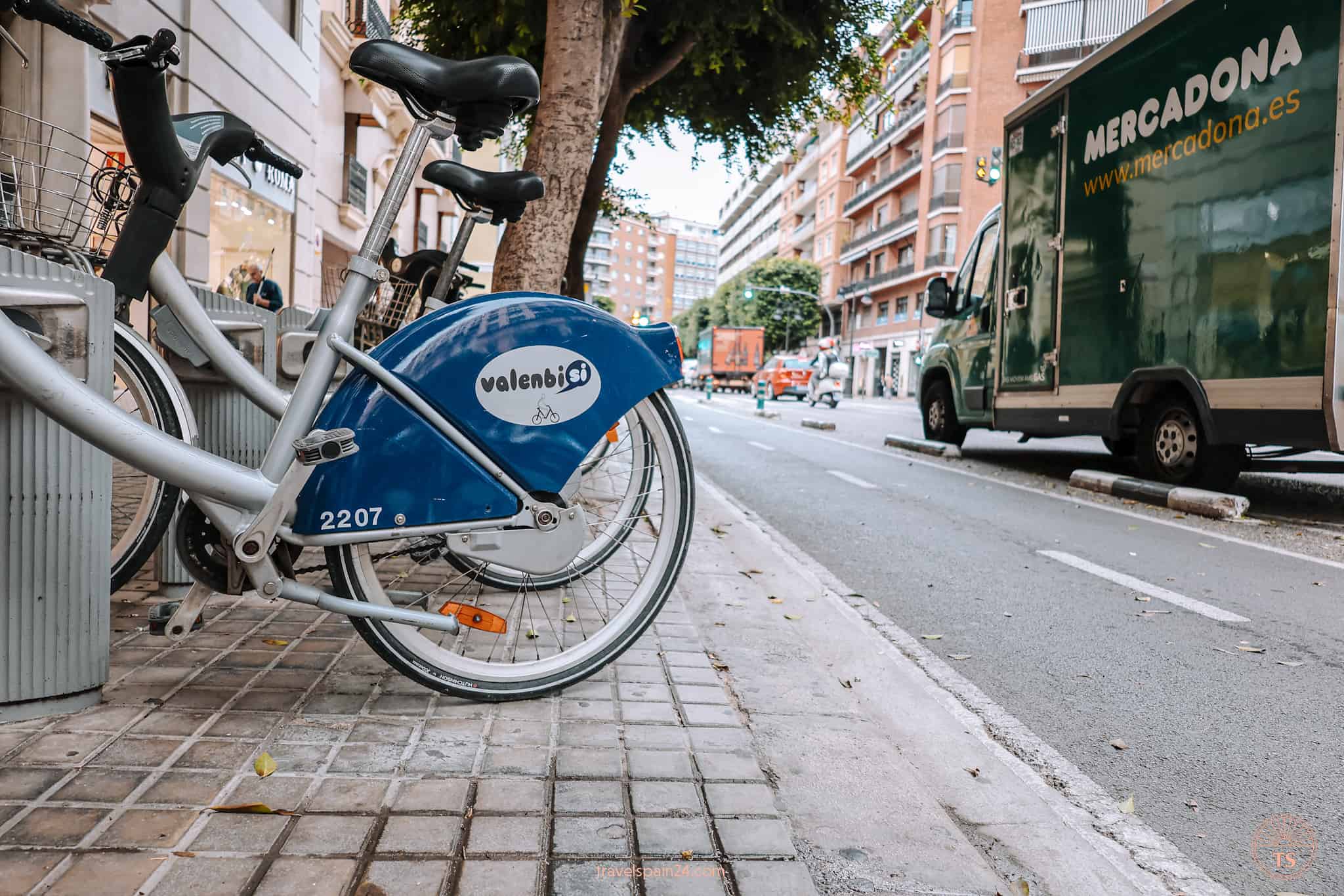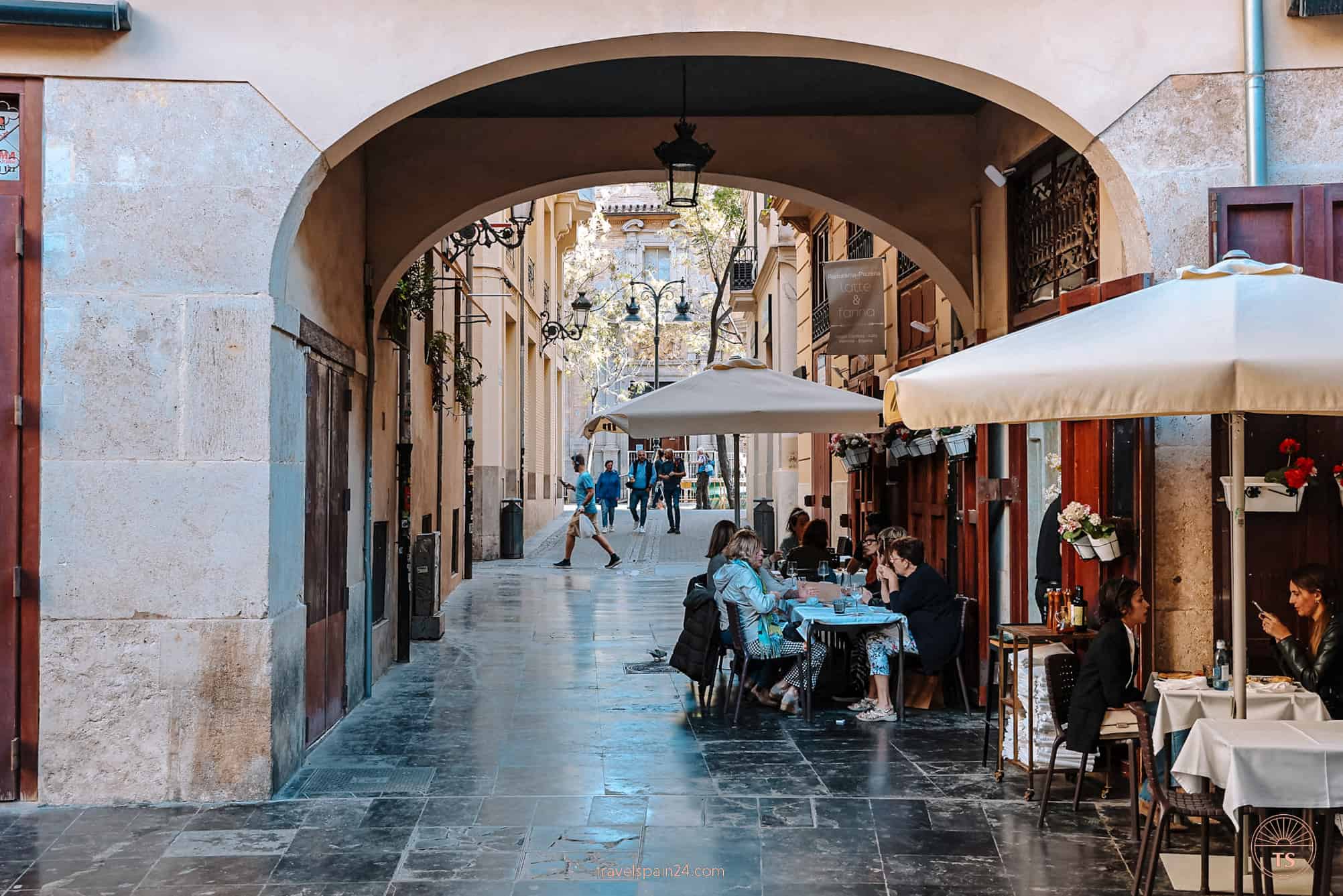Tours & Activities in Valencia
Valencia has a lot to offer visitors. An organized tour can be a great option to ensure you see the main attractions without risking getting lost or waiting in long lines for tickets.
In just a short time, you can step away from the bustling streets and find yourself in peaceful, almost hidden lanes and charming plazas. Valencia is also home to some stunning and renowned museums and historic sites, not to mention famous festivals like Las Fallas.
Whether it’s watching the sunrise or sunset on the beach, enjoying a meal under the stars, wandering through the old town, or sipping a drink in a traditional Spanish bar, Valencia offers a perfect backdrop. One thing’s for sure in Valencia: your experiences will be truly memorable.

Valencia is a great destination year-round, with its best visit times in spring and autumn. While summers can be very hot, especially in July and August, and the city becomes crowded, these seasons offer a perfect balance.
April and October are ideal, providing warm weather and plenty of sunshine without the summer’s high temperatures and tourist crowds.
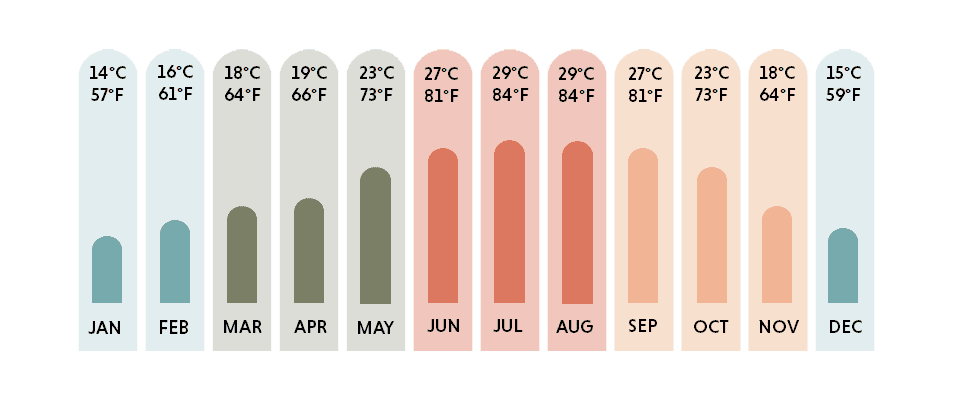
Valencia has a lot to offer visitors. An organized tour can be a great option to ensure you see the main attractions without risking getting lost or waiting in long lines for tickets.
Valencia is a popular tourist destination with fantastic accommodation options. There are hotels, hostels, B&Bs and apartments in most areas of the city to suit all budgets. Here are some of the best hotels and apartments in and nearby Valencia.
We stayed in Mon Suites Benlliure, which is a great choice. This sustainable apartment offers free WiFi, access to lockers, air-conditioned units, and room service on request. You’ll also have access to a kettle, toaster, microwave, and private bathroom, so you can enjoy some of the comforts of home during your stay.
If you prefer a chain hotel, the Only You Hotel Valencia offers a great visitor experience. The hotel offers concierge services, free WiFi throughout the property, and access to a fitness center and a bar.
This villa offers a luxurious stay with a year-round outdoor pool, sauna, and hot tub. It also has a terrace, mountain views, 11 bedrooms, and a living room with a fireplace. Villa Huerta 1 Manises is close to Bioparc Valencia.
Valencia is a gastronomic paradise and is responsible for one of Spain’s most popular and famous dishes – paella. Eating tapas in Valencia is one way to try the different flavors there, sampling small bites of different dishes.
For dining, one of the highly recommended places is La Cabila, a fine dining restaurant that focuses on seasonal and locally sourced ingredients.
We originally had attempted to visit Alqueria del Pou after a recommendation by a Valencian local that it offered the best paella in Valencia, only to find that it was impossible to visit without a reservation on a Saturday.
Our taxi driver recommended La Pepica as another great alternative for a restaurant offering paella. This long-standing restaurant did not disappoint both in terms of food quality and the views from its terrace.
Taberna Antonio Manuel was our favorite tapas location in Valencia, which had lovely, personable owners and authentic food.
If you’re short on time and can’t visit all these excellent restaurants, consider going on a food tour. The Luxury Authentic Tapas Tour takes you to some of the top places to eat. A local guide will show you around and ensure a fantastic food experience.
Enjoy amazing day trips from Valencia. Discover the area’s history, taste great food, and see beautiful beaches.
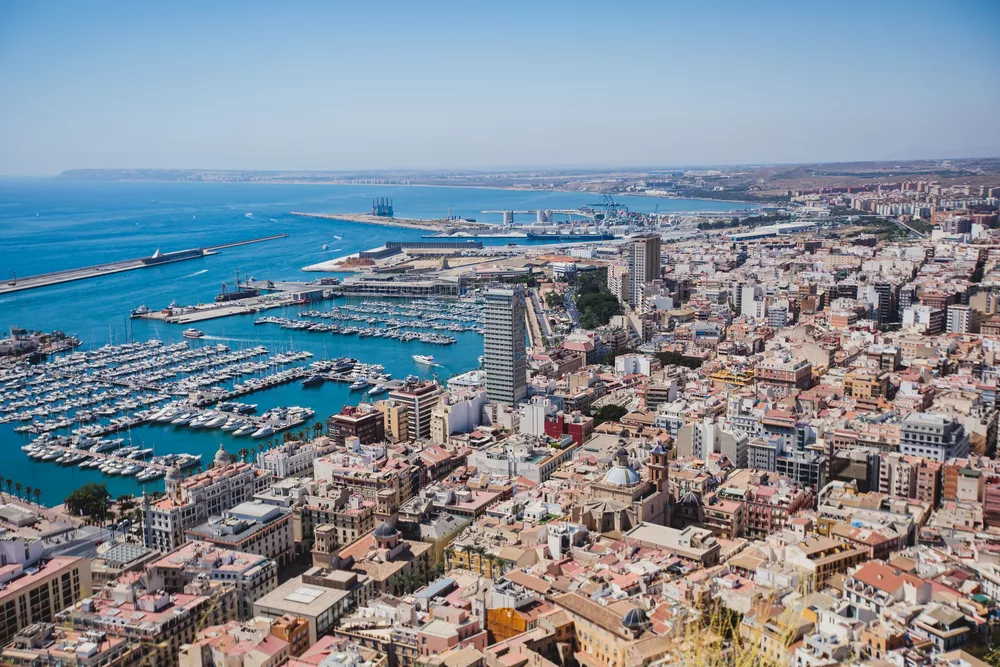
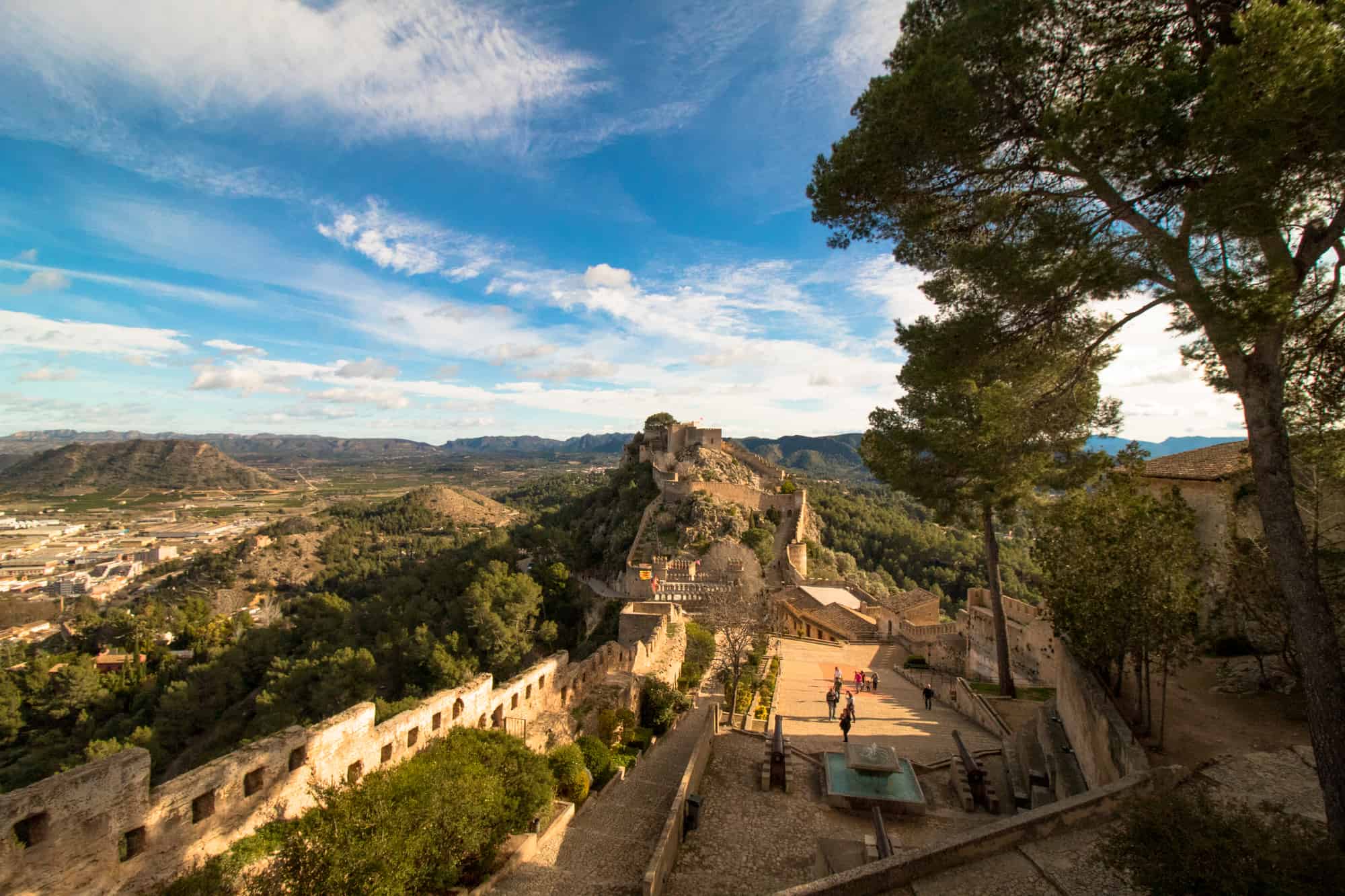
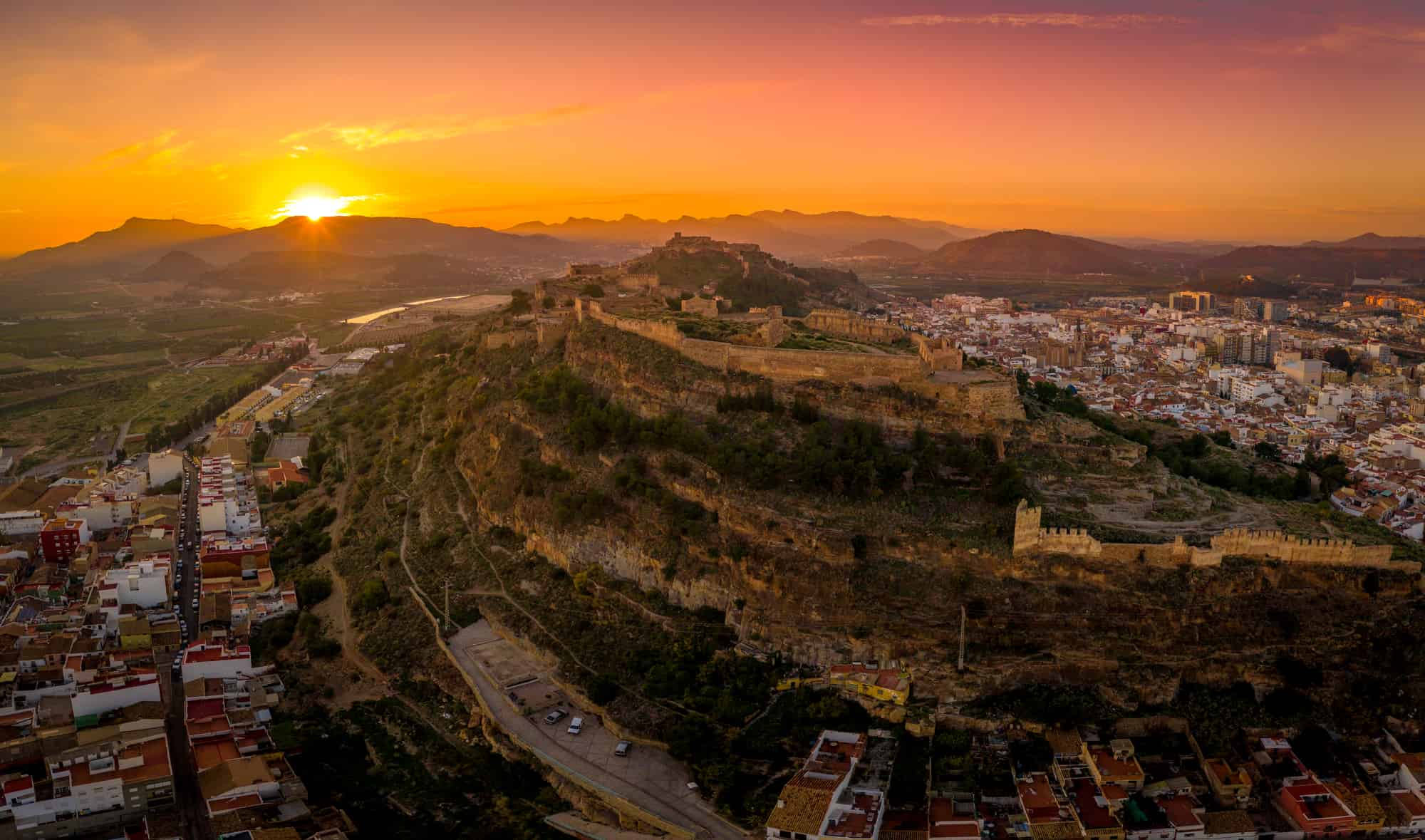
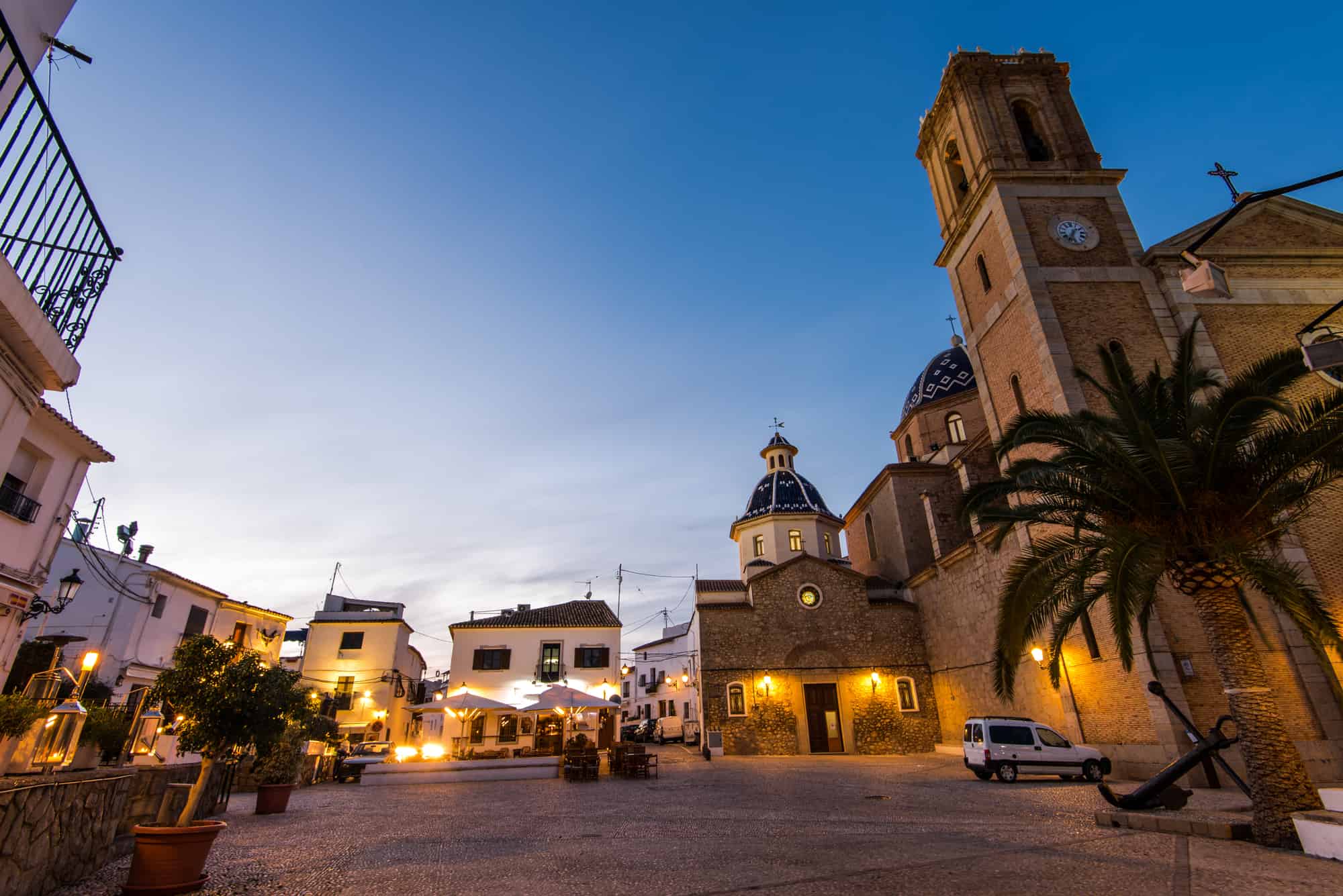




Planning your Valencia visit is essential, as it can make the difference between a good trip and a great trip. Here’s some handy information we’ve picked up along the way.
Valencia is a very walkable city, but it also has solid options for public transport. For those who prefer ride-sharing, Uber is available in Valencia.
Metro and tram services run between 4 a.m. and 11:30 p.m. during the week and until 3 a.m. on Fridays and Saturdays. One-way tickets cost €1.50 if traveling through one zone, €2.80 through two zones, and €4.80 if traveling to or from the airport.
Valencia has around 45 bus lines running through the city from 6 a.m. to 10 p.m. Generally, city buses are red and regional buses are yellow, with fares on the city buses costing a flat rate of €1.50.
Cycling is popular in Valencia, with over 175 km of bike lanes within the city limits. There are plenty of rental shops in the city center, and you can expect to pay around €10 per day if you rent a bike.
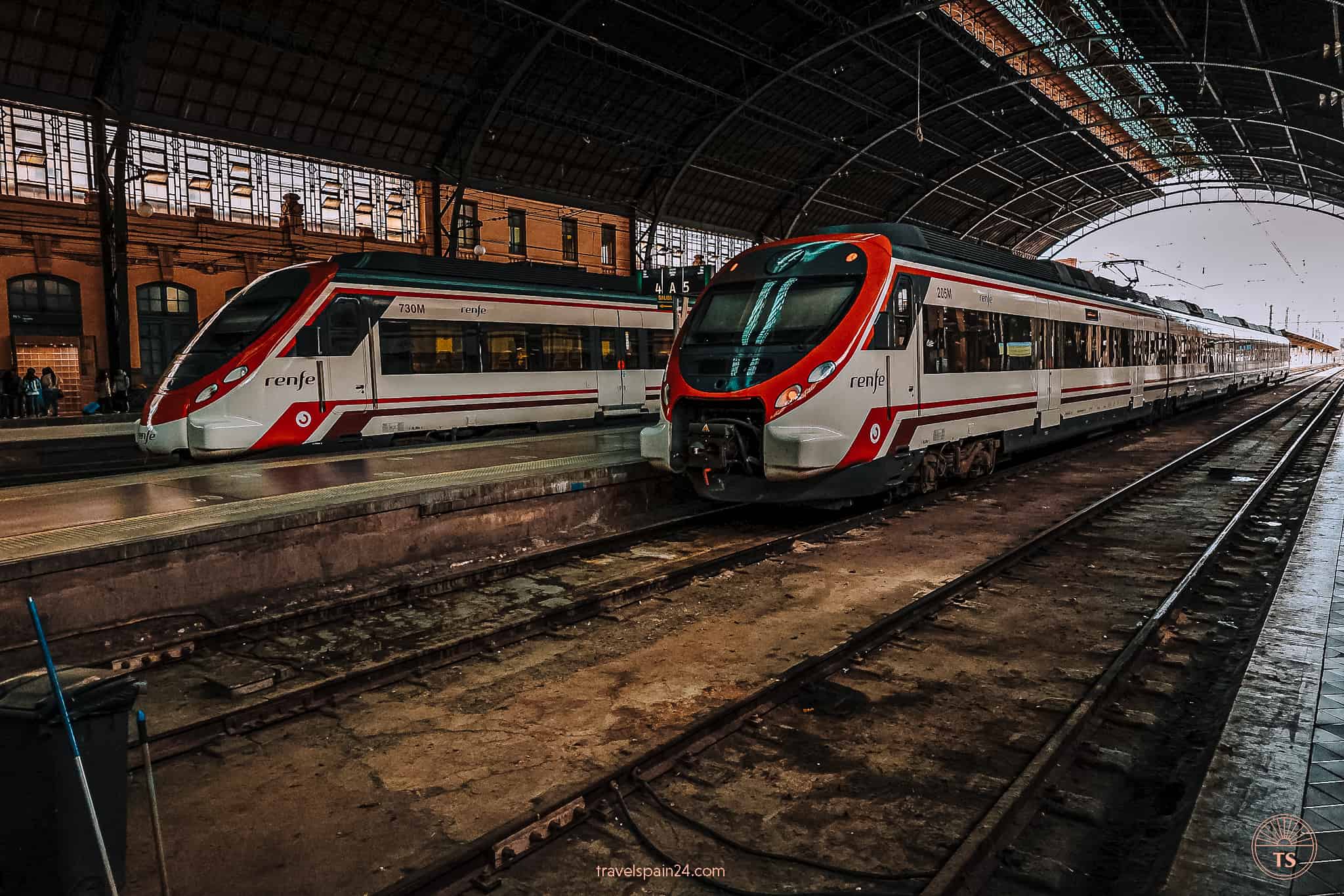
| Attraction | Free or discounted? |
| Lonja de la Seda | Free |
| Almudin | Free |
| Torres de Serranos | Free |
| Museo Faller de Valencia | Free |
| Almoina Archaeological Museum | Free |
| Valencia Modern Art Museum | 50% discount |
| Cathedral and Cathedral Museum | 20% discount |
| Botanical Gardens | 10% discount |
| Science Museum | 10% discount |
Suppose you plan to use public transport and visit museums and attractions during your stay in Valencia. In that case, you may want to consider buying a Valencia Tourist Card, which is available in three durations:
The card allows you to use all metro lines (including airport services), trams, and buses. You’ll also benefit from free access to some municipal museums and monuments and discounts on restaurants, tours, and other attractions.
If you are scheduling a visit to Valencia, you cannot miss the city’s most iconic and well-known cocktail: Agua de Valencia.
Our first encounter with this refreshing drink was at Blanq | Terrassa Rooftop. Although it wasn’t our favorite (Atenea Sky Bar was), this rooftop bar in Valencia still stood out for its nice view and relaxed atmosphere, making it a great spot to start the evening.
The community has created a special place in Valencia called the House of Cats for feral cats. It’s located at the base of the blue wall on Carrer del Museu. According to local lore, a woman who once lived behind the nearby gate dedicated this house to Valencia’s feral cats.
Art is an important part of Valencian culture, with galleries, museums, and festivals dedicated to it throughout the city. But one of the most accessible ways Valencia shows its love of art is through its unique and well-respected street art.
The majority of Valencia’s street art is found in Barrio El Carmen, with art found on doors, roller shutters, and really flat surfaces on the streets. Another great street option to see street art in Valencia is the neighborhood of La Xerea.
To enjoy the nightlife, visit El Carmen—its streets are packed with party-goers once the sun goes down. If you want to try out Valencia’s clubbing scene, my recommendation is the Mya Club at L’Umbracle in the City of Arts and Sciences. I (Timon) had an amazing night there and can’t recommend it enough.
We’d say 3-4 days is a good amount. This allows enough time to explore the key attractions like the City of Arts and Sciences, the historic old town, the beach, and the food scene. However, if you have more time, there’s certainly enough to keep you busy and entertained for at least a week.
Valencia is quite affordable, especially compared to other big cities in Spain like Madrid or Barcelona. Food, accommodation, and local transportation are generally cheaper. Of course, prices can vary depending on the season and the level of luxury you want, but overall, budget-conscious travelers can find Valencia a great option.
Valencia makes an excellent base for exploring Spain. Its central location on the east coast of Spain provides easy access to other major cities like Madrid and Barcelona by train. The city also has an airport that offers flights to various parts of Spain and Europe. Plus,
Yes, Valencia is generally considered safe for tourists. Like any city, it has its caution areas, but the main tourist spots are typically safe and welcoming. We’ve always felt safe, even when out and about late at night.
Question not answered?

